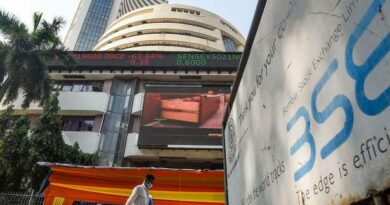U.S. job growth picks up in May; unemployment rate falls to 5.8%
WASHINGTON (Reuters) – U.S. employers boosted hiring in May as the easing pandemic, helped by vaccinations, pulled more people back into the labor force, offering assurance that the economy’s recovery from the COVID-19 recession remained on track.
Nonfarm payrolls increased by 559,000 jobs last month, the Labor Department said in its closely watched employment report on Friday. Data for April was revised slightly higher to show payrolls rising by 278,000 jobs instead of 266,000 as previously reported.
Economists polled by Reuters had forecast 650,000 jobs created in May. The unemployment rate fell to 5.8% from 6.1% in April. The jobless rate has been understated by people misclassifying themselves as being “employed but absent from work.”
April’s initial employment count, which delivered roughly a quarter of the new jobs economists had forecast, led to handwringing among some economists and investors that growth was stagnating at a time when inflation was rising.
The improving public health situation and massive fiscal stimulus are supporting the economy. At least half of the American population has been fully vaccinated against COVID-19, according to data from the U.S. Centers for Disease Control and Prevention.
That has allowed authorities across the country to lift virus-related restrictions on businesses, which nearly paralyzed the economy early in the pandemic.
But the reopening of the economy is straining the supply chain.
Related Coverage
A worker shortage blamed on childcare complications, generous unemployment checks and lingering fears over COVID-19 sharply restrained hiring. There are a record 8.1 million job openings.
Millions of workers, mostly women, remain at home as most school districts have not moved to full-time in-person learning.
Despite vaccines being widely accessible, some segments of the population are reluctant to get inoculated, which labor market experts say is discouraging some people from returning to work.
Government-funded benefits, including a $300 weekly unemployment subsidy, are also constraining hiring. Republican governors in 25 states are terminating this benefit and other unemployment programs funded by the federal government for residents starting next Saturday.
These states account for more than 40% of the workforce. The expanded benefits will end in early September across the country. That, together with more people vaccinated and schools fully reopening in the fall, is expected to ease the worker scarcity by September.
Source: Read Full Article

